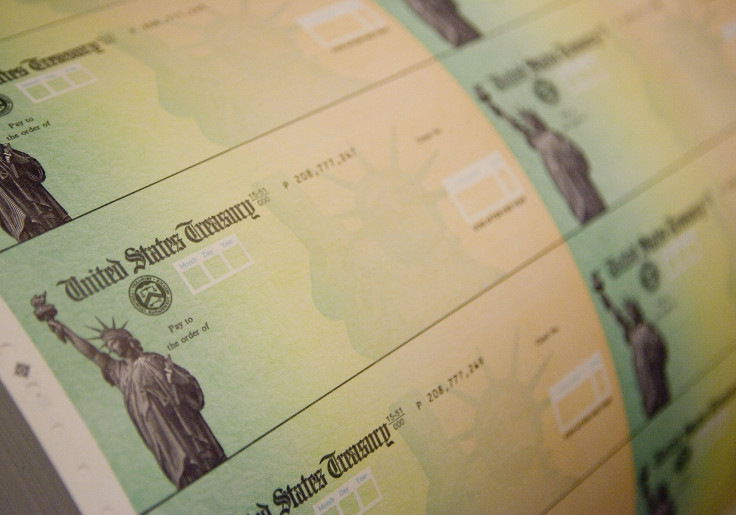Fourth Stimulus Check Update: How Much Americans Will Get From New Direct Payments
Another round of stimulus money is soon to be on its way to some Americans in the form of the Expanded Child Tax Credit, and while those who are ineligible for the funds may still be hoping for another round of checks, those who can receive these funds could see themselves making a nice extra amount of money as early as July.
As part of the American Rescue Plan, the Expanded Child Tax Credit is set to deposit funds to eligible parents and taxpayers on a monthly basis, beginning July 15 and ending in December, with the IRS saying that 39 million households should qualify for the money, WBFF reports.
Those who file single on their taxes and make less than $75,000, and married couples filing jointly who make up to $150,000 should be available for the expanded credit, which phases out at $95,000 and $170,000 respectively. The monthly payments will be $300 per month for each child under the age of 6, and $250 per month for children aged 6-17.
Should the American Families Plan be passed by Congress, those payments will also be extended through 2025, and those who are eligible can also claim up to an additional $8,000-$16,000 when they file their 2021 taxes next year as well if they have monetary proof of the expenses they accrued during the year to care for a dependent as well.
Of course, while these payments, which could see parents of one child aged 6-17 receiving $1,500 extra through the end of the year (and those with multiple children could see more), are good news for parents, those without kids have been left to wonder if they could ever see another payment, especially as inflation continues raising prices.
While President Joe Biden has been urged to either send out another round of checks or set up automatic “stabilizers” for Americans if certain economic benchmarks are met, no such plans have yet been enacted, even though studies have shown that the stimulus checks sent out during the COVID-19 Pandemic—three payments which totaled $3,200 each for those who were eligible—helped many overcome economic hardship and, in some cases, pull families out of poverty. Polls suggest that many wound up using the payments, especially the third payment of $1,400 which was sent out in March, to cover necessities.
According to Yahoo News, a poll by GOBankingRates which surveyed just under 4,000 people found the 45% had planned to use their check to pay bills, while an additional 12% planned to spend it on food and other necessities and an additional 9% used it to pay their rent or their mortgage—meaning the majority of respondents used their money for essential items. Conversely, 34% did not have to put the money toward necessities, with 19% saying they put the money into savings, 9% planned on investing and 6% planned on making a nonessential purchase.

© Copyright IBTimes 2024. All rights reserved.





















